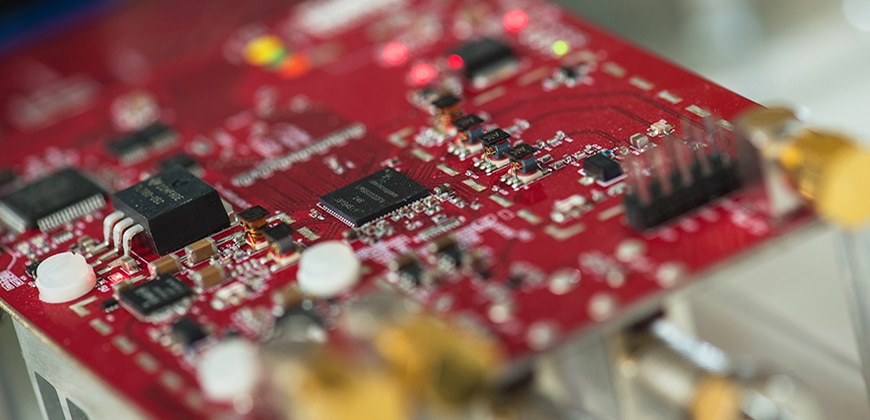“WATCH” Utilizes The UHF Spectrum Unused By Un-watched TV Broadcasting’s For Data Transfer
Rice University researchers built “WATCH”, Wi-Fi in Active TV Channels, the first system that allows wireless data transmissions over active TV broadcasts using the UHF spectrum. While using WARP, the wireless open-access research platform, they were able to test WATCH at the Rice University Campus in 2014 with an FCC approval.
As the popularity of Internet TV, satellite and cable swiftly escalates, the actual amount of TV’s tuned in to broadcasted TV declines, resulting in a consistently inefficient UHF band. The FCC does allow secondary use of the unused UHF channels if TV Broadcasters have not staked their claim, also known as “TV white space”, but in most populated urban areas the amount of available secondary UHF channels is scarce. The Ultra High Frequency channels are put aside for these TV broadcasting’s, but if the public is not actually tuning in to these broadcasting’s, these is a pronounced need for a system like WATCH to utilize the UHF bands without interfering, creating a shared environment.
Edward Knightly, head researcher, along with graduate student Xu Zhang, developed the WATCH system to utilize the portions of the UHF range solely dedicated to TV Broadcasting’s. The WATCH systems continuously monitors the TV broadcasts, and uses signal-cancelling techniques to avoid interference with the broadcasting’s. If a TV broadcast is detected, the WATCH system will switch its transmission of data to a different channel of the UHF spectrum that is unused.
Edward Knightly is a professor, the director of the Rice Wireless Network Group, and the department chair of electrical and computer engineering at Rice University. Knightly refers to the UHF spectrum as “beachfront property” of the wireless spectrum because the Ultra High Frequency signals are not susceptible to being blocked by trees or walls and can transmit for miles.
“Due to the popularity of cable, satellite and Internet TV, to the UHF spectrum is one of the most underutilized portions of the wireless spectrum in the United States. That’s a bitter irony because the demand for mobile data services is expected to grow tenfold in the next five years, and the UHF band is perfectly suited for wireless data,” said lead researcher Edward Knightly.
A report written by Zhang and Knightly titled “WATCH: Wi-Fi in Active TV Channels”, received the Best-paper honors in June at the Association of Computing Machinery’s MobiHoc 2015 conference in Hangzhou, China. A smart-remote or next generation TV would include technology to report when the TV is tuned in to a UHF channel. A specifically made app, created by Rice University graduate student Xu Zhang, was used on a “smart remote” to report when a test television in the lab was tuned to a UHF channel. When a UHF channel was detected, the WATCH system rapidly shifted to use another unused part of the UHF spectrum. When tuning into a TV broadcast, it did take the test television a fraction of a second longer, but that is an extremely minimal delay compared to the amount of wireless data that could be provided by sharing this part of the band.
Knightly said, “Our tests showed that WATCH could provide at least six times more wireless data compared with situations where we were limited only to the traditionally available white-space spectrum.”
“Allowing the UHF spectrum to be inefficiently used makes little sense today and will make even less sense in the future. There are already more people in the United States who require mobile data services than there are people using broadcast-only TV. By showing these two communities can coexist, we hope to spur innovation and a public debate about how this valuable resource could be used,” said Knightly. When comparing data from a U.S. Census bureau and a 2014 Cisco report, the global total of mobile devices with data connections at 7.4 billion is a slightly more than the total number of people on Earth.
Article: “Amy Jones | HCTA”
Editor: “M. Danmole”
Image: “Rice University”





